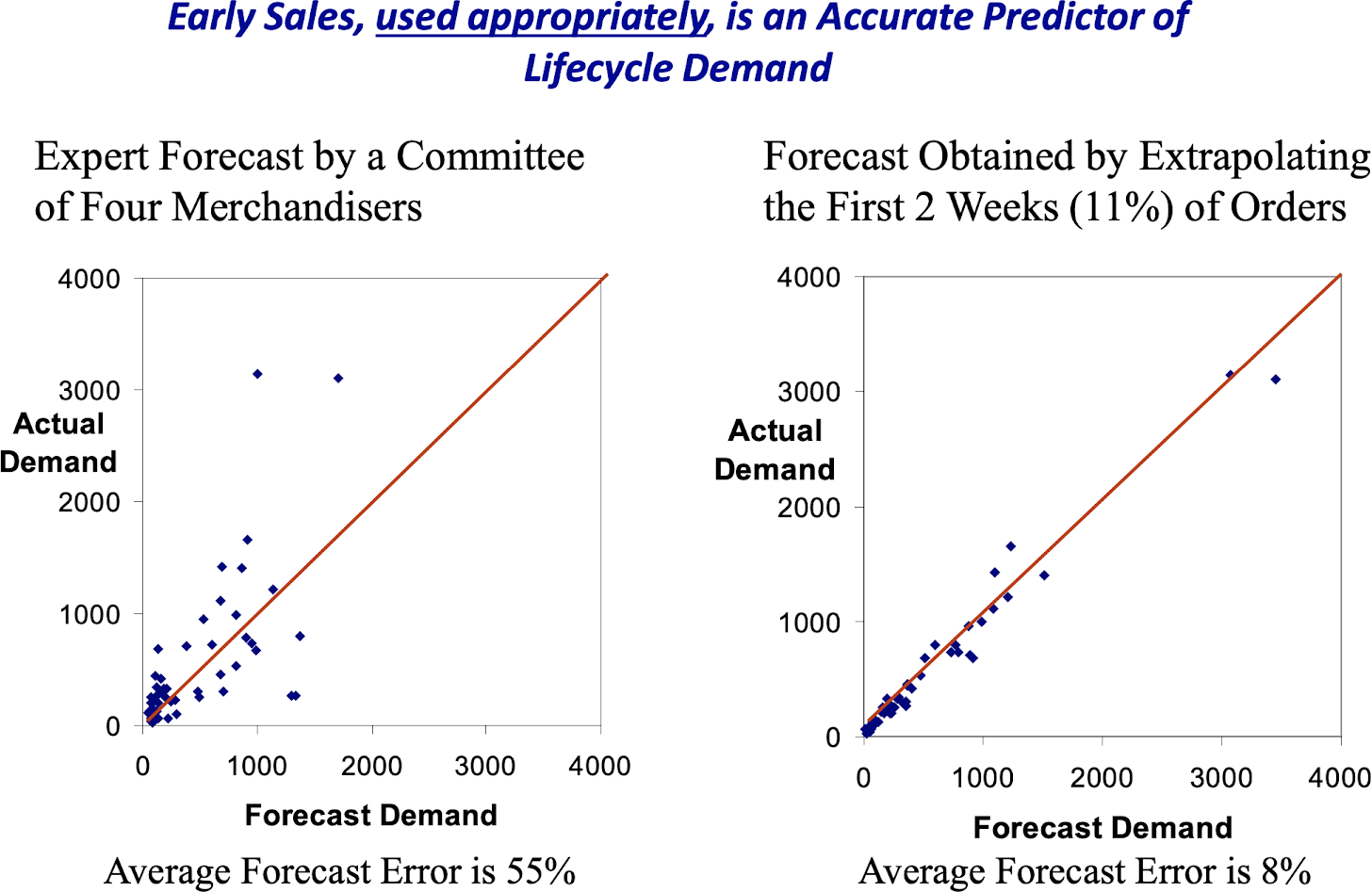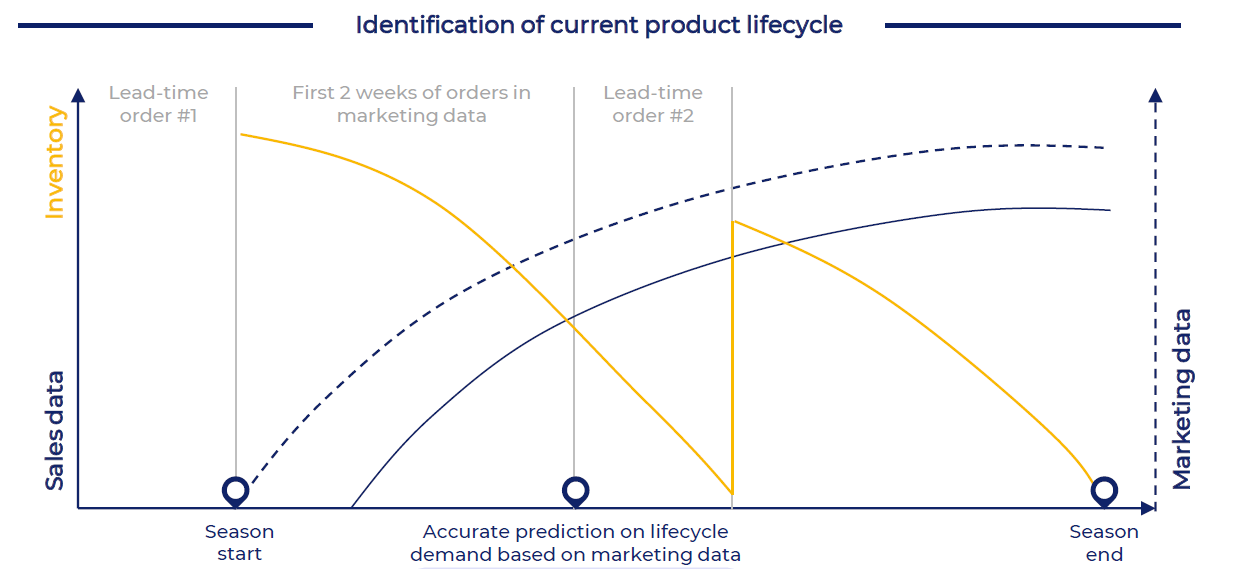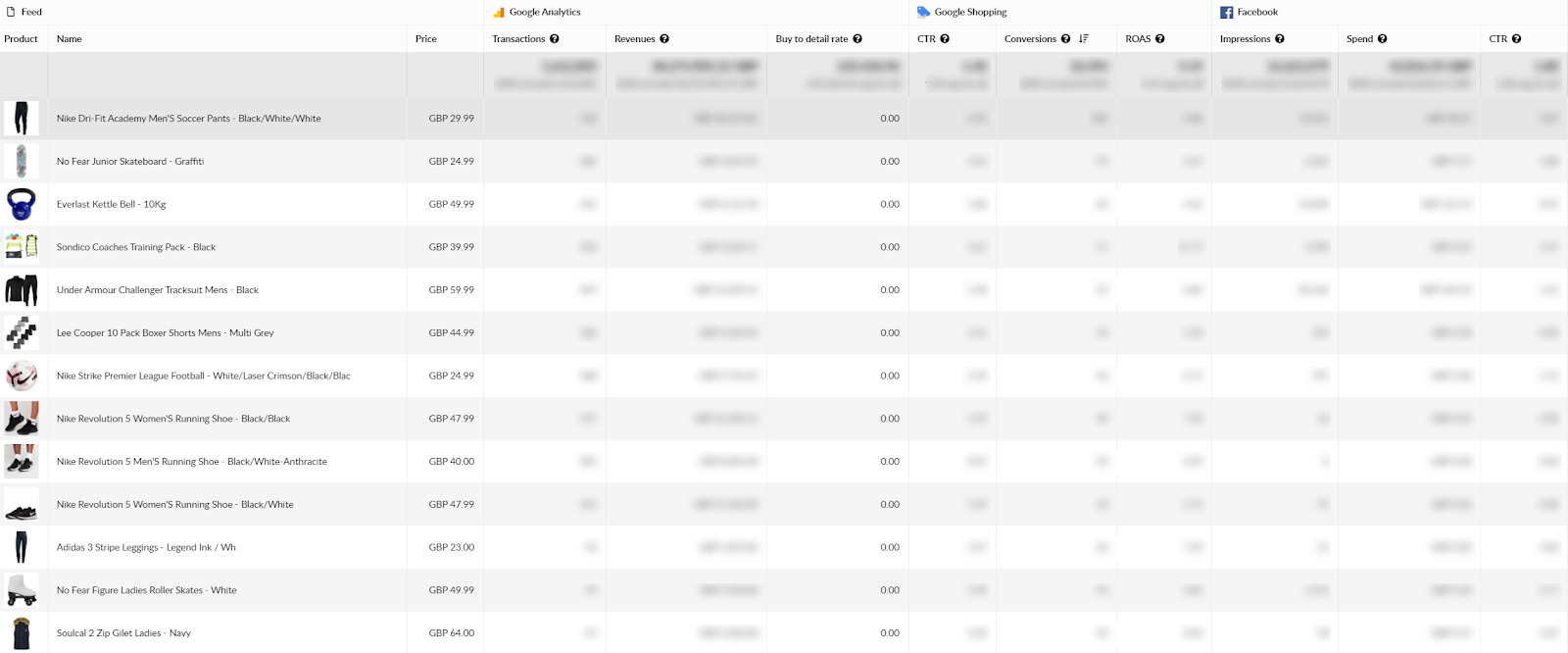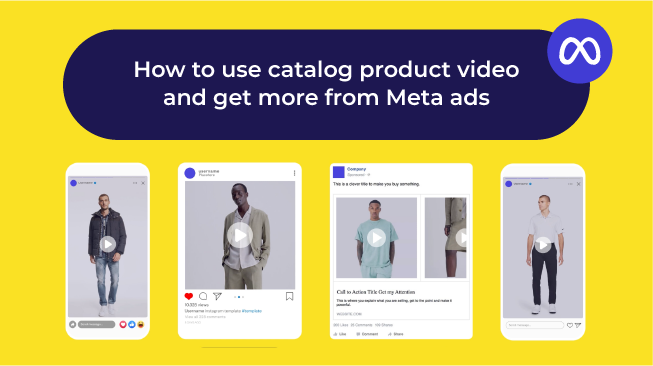It’s the early 1990s and you, the decision-maker for a hip fashion outlet, have a big decision to make:
Zebra Print or Black Voodoo? And how many pieces?

90s fashion aside, this type of decision is one that has plagued sourcing (AKA merchandising / purchasing) departments for generations. You need to know what will be fashionable--not now--but weeks or even MONTHS from now. Not only that, you also need to pull a Goldilocks and order just the right amount: if you order too few you miss those sales; if you order too many, you’ll be stuck with the deadstock.
This article will take a look at why forecasting is so difficult, why getting it wrong is so bad, and what retailers can do instead to achieve better results.
The Problem With Purchasing Departments
We covered this more extensively in a previous article, but here’s the quick version:
If you’re like most e-commerce retailers, you’re working with siloed data. Due to factors like company culture, organisational structure, or (most commonly) technological issues, different departments are often not aligned around the same set of data.
This brings us to the problem: the marketing team doesn't know the purchase price of every product, and the purchasing team doesn’t know the ad spend behind each sale!
Instead, the purchasing team must rely on sales data, which tends to be very slow coming in, or sometimes even impossible to have in advance (as no one knows what the next fashion hit will be). So instead, they form a committee of experts to forecast the lifecycle demand of their products. Unfortunately, it’s tough to make an accurate forecast; a study from Harvard University found that the error rate is around 55% in the fashion industry.
Why Should Marketing Be Aligned With Purchasing?
As it stands, purchasing departments rely on sales data and committee discussions to decide what they should order, and how many pieces they’ll need.
This system is... spotty at best. It generally leads to an excess of deadstock, as it’s cheaper overall to overproduce than to underproduce. You’ll then need to discount that deadstock in order to clear it, which hurts your margins.
Fixing The Problem
By connecting purchasing with product-level performance data, the purchasing department can gauge the actual performance of each item. They can understand (literally within the week of a promotion running) how difficult it is to sell each product based on marketing metrics like conversion rate, return on ad spend, click-through rate, etc. By analysing just two weeks of this data, retailers can reduce the error rate of estimated versus actual demand from 55% down to 8%!

Harvard Business Review Study
Marketing data also enables faster identification of the product life cycle. This means the purchasing team doesn’t have to make one big order for the season; they can place a smaller order, analyse the data, then place their second order in time to still benefit from the rest of the season.

Connecting Purchasing With Marketing Data
Now the question becomes: how do we connect that product-level performance data with the purchasing department in the first place? Here’s a look at how the data can be accessed through ROI Hunter’s Product Dashboard:

ROI Hunter collects product-level performance data from your channels, integrating it with your catalogue and combining all the data into one accessible dashboard. From here, the purchasing team can find marketing data in real time, giving them the speed and flexibility needed to stay on top of the market. Take a look at our Product Performance Management (PPM) platform page if you’re interested in learning more about the benefits of connecting product performance data.
Key Takeaways
- Forecasting is an unreliable method of gauging customer demand
- By analysing just two weeks of marketing product performance data, a more accurate prediction can be made
- Align marketing and purchasing around the same set of product-level performance data to in order to facilitate these more accurate predictions


.png)
